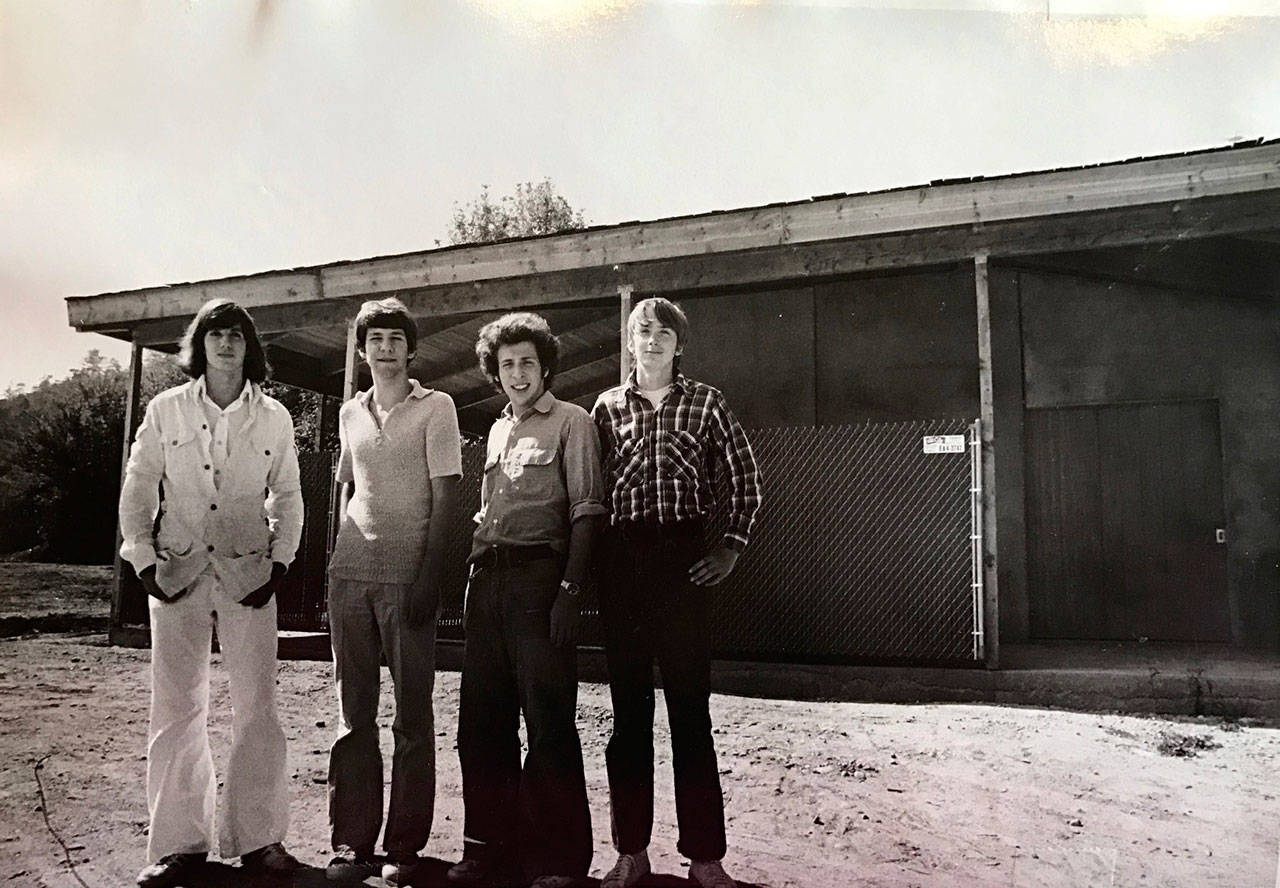By Meg Lippert
When we moved to Mercer Island in 1995, long before curbside recycling and the national recycling movement, one of my regular stops in Town Center was the Recycling Center — not only to drop off our recyclables, but also to scope out what others had left for reuse.
The Recycling Center, which opened on Sept. 15, 1975, was the work of an inspired and dedicated group of Mercer Island High School students — members of the audaciously self-named “Committee to Save the Earth” (CSE). They conceived, designed and built the Recycling Center, with the volunteer help of teachers, parents and community members. For over three decades, the students’ hard work saved tons of garbage from going into landfills, and added thousands of dollars annually to the school district budget for student activities, library resources, college scholarships, environmental trips, speakers and projects, and even a contribution towards the construction of Bicentennial Park.
To learn more about planning, building and running the Recycling Center, I interviewed Bill Hochberg, who was a member of CSE in the 1970s.
“We not only raised the money to build the Recycling Center,” he said. “We also helped build it.” Bill showed me a yearbook photo of the CSE, and a photo of himself working with other students raking and leveling the poured concrete for the floor. “The Mercer Island Recycling Center was one of the first certified by the state Department of Ecology,” he explained. “And in 1976, Gov. Evans gave the CSE the state’s Environmental Excellence Award.”
I could tell this was a great honor for the small band of early environmentalists. Bill described the inspiration and mentorship of revered MIHS teacher Harry Leavitt (sadly, recently deceased).
In a phone interview with Harry earlier this year, he described how he had started recycling with students, collecting newspapers and glass in his classroom to sell, and using the funds to buy animals and plants for a classroom salt water aquarium. Harry’s enthusiasm and passion for this project and “his kids” were inspiring.
“The students raised every penny to pay for the building materials for the Recycling Center — except the concrete, which was donated by a concrete company [Tilt-Up]. The walls were made of precast concrete and erected with a huge crane — it was exciting to see it take shape. Parents did the roofing — kids weren’t allowed on the roof.” Harry explained that one of the parents was a Seabee, who bolted the concrete walls together. “Those walls will last another 50 years!” he exclaimed.
He mentioned that another parent, an architect, volunteered to make the drawings required for city permits.
I tracked down the architect through a former CSE member, Rainier Adkins, who arranged a meeting with his father, Jim Adkins (now 92), at his apartment in Seattle. Jim described how portions of the Recycling Center were built with recycled materials, such as the pyramidal skylight left over from another project.
“So we got the skylight for free!” he proudly exclaimed, a perfect fit for lighting the building. Mr. Adkins then unrolled the set of his original architectural drawings and showed me the special design elements he had included. I was speechless. “I don’t need these anymore,” he said. “If you like, you may have them.” I was thrilled to accept this special gift of 42 years of Mercer Island history that will be safely preserved in public archives for future generations.
A recently discovered VHS recording, made in 1991, describes the conception, construction and operation of the Recycling Center. It shows a fascinating slice of Mercer Island life and includes interviews of former CSE students as well as images of local surroundings, including Bicentennial Park. The 20-minute video has been uploaded to YouTube. To watch “Saving a Piece of the Earth,” go to: tinyurl.com/protectMIparks.
Meg Lippert is a member of Concerned Citizens for Mercer Island Parks, a group of Mercer Island residents dedicated to protecting parkland from development.



